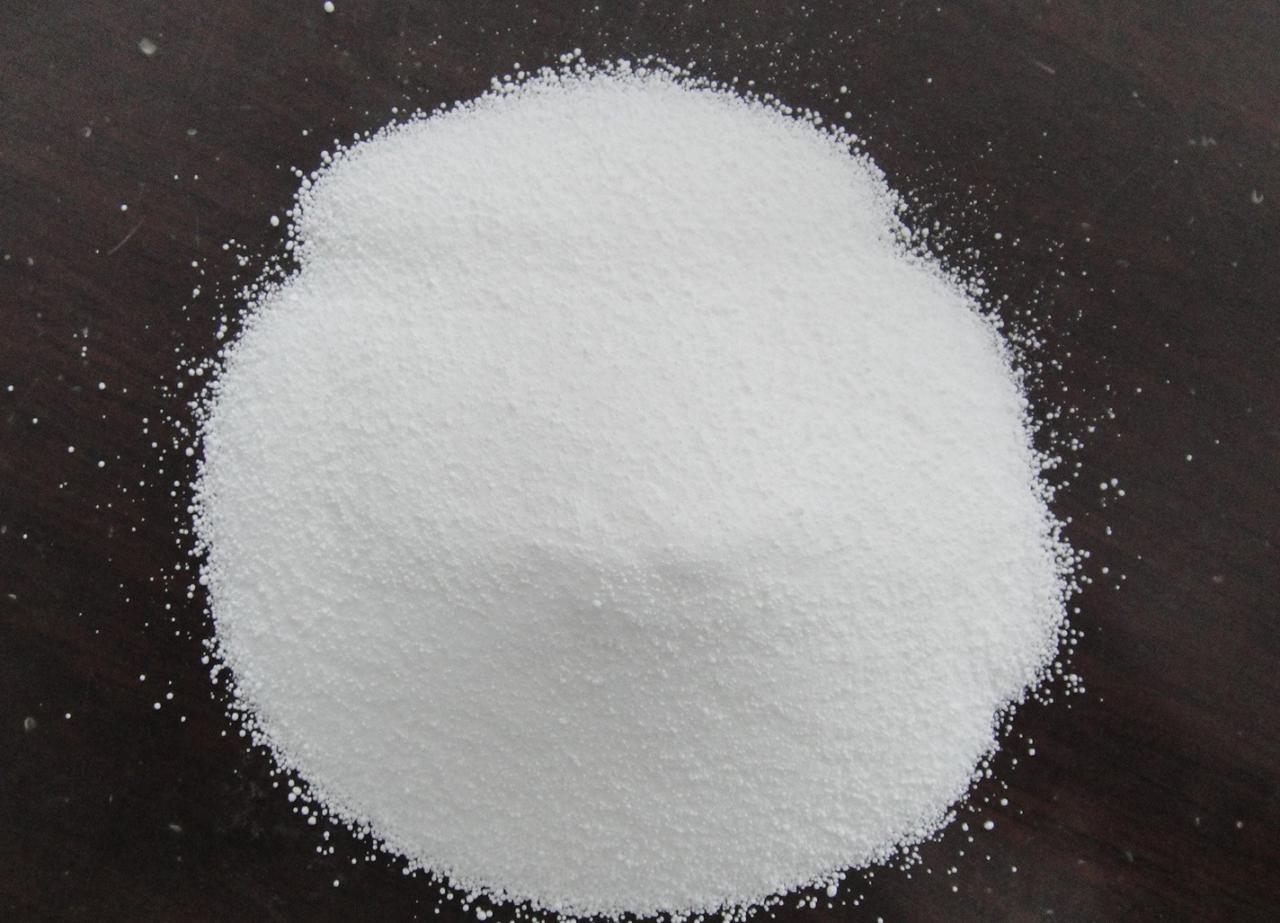Antioxidants are the most commonly used One of the additives, adding a small amount of antioxidants in plastic processing can prevent or delay the aging process, thereby extending the service life of plastic products. However, in fact, many people do not understand antioxidants. Let’s take a look at some typical questions and answers about antioxidants.
Why add antioxidants?
An effective solution to the yellowing of elastomers is to add antioxidants and UV absorber can effectively prevent and delay yellowing. However, there are many types of antioxidants, and selecting suitable products requires certain technical support and experience accumulation.
An important culprit that causes oxidative yellowing of elastomers is ultraviolet rays. The main source is sunlight. Therefore, especially for customers whose products need to be used outdoors, we will recommend adding a certain amount of ultraviolet absorption to the products. Agent, can effectively absorb ultraviolet rays and delay yellowing. Moreover, the use of ultraviolet rays and antioxidants together can produce a synergistic effect, achieving the effect of 1 plus 1 being greater than 2.

What are the differences in the classification and mechanism of antioxidants?
Classification of antioxidants, one is the main antioxidant: it captures peroxide free radicals, mainly hindered phenol antioxidants; the main antioxidant -Spatially hindered phenols, Antioxidant 1010, and Antioxidant 1076 belong to this category, which exert long-term and sustained antioxidant effects by capturing free radicals generated during the degradation of plastics.
One is an auxiliary antioxidant: it decomposes hydroperoxides, mainly phosphites and thioesters. Auxiliary antioxidants-Phosphites and thiolipids, 168 is a phosphite auxiliary antioxidant, which is produced by decomposing plastics and further degrading them. oxides to achieve the purpose of antioxidant, mainly providing thermal processing stability; the combined use of primary and secondary antioxidants can produce a synergistic effect (a simple analogy is: 1+1>2)
Generally, according to the production process, raw materials and solvents of each manufacturer , additives, fillers, which stage of yellowing, and the degree of yellowing are different, and it is recommended to use different antioxidants.
AntioxidantsWhat are the differences between 1010, 1076 and 168?
Both are hindered phenolic antioxidants,1010 has four times the effective functional groups of 1076, which means it is highly effective. The usage mainly depends on the compatibility with the resin in the later stage and the processing conditions.
Antioxidant168 is compounded with the main antioxidant 1010 or 1076, which has a good synergistic effect and can effectively prevent polypropylene, poly Thermal degradation of ethylene during basic injection molding gives the polymer additional long-term protection.
AntioxidantsWhat are 1010 Advantages?
1. Antioxidant 1010 is a phenolic antioxidant. One of the outstanding varieties of antioxidants at present.
2. Antioxidant 1010 has excellent effects on polypropylene and polyethylene antioxidant properties. It can effectively extend the service life of products.
3. Antioxidant 1010 has low volatility and good extraction resistance , high thermal stability, long-lasting effect, non-coloring, non-polluting and non-toxic.
4. Antioxidant1010 has a synergistic effect when used together with antioxidants DLTP and 168.
5. Antioxidant 1010 is a high molecular weight hindered phenol Antioxidant, low volatility, not easy to migrate and resistant to extraction.
6. Antioxidant 1010 can effectively prevent polymer materials from It is a thermo-oxidative degradation agent during long-term aging and is also an efficient processing stabilizer that can improve the discoloration resistance of polymer materials under high-temperature processing conditions.
7. Antioxidant 1010 is in the field of polyurethane, it can be used in RIM materials, spandex, TPU, adhesives and sealant etc. Widely used in olefin resins, such as polyethylene, polypropylene, polyurethane, polyformaldehyde, ABS resin, polyvinyl acetal, synthetic rubber and petroleum products. It can be widely used in general plastics, engineering plastics, synthetic rubber, fibers, hot melt adhesives, resins, oils, inks, coatings and other industries.

 微信扫一扫打赏
微信扫一扫打赏

